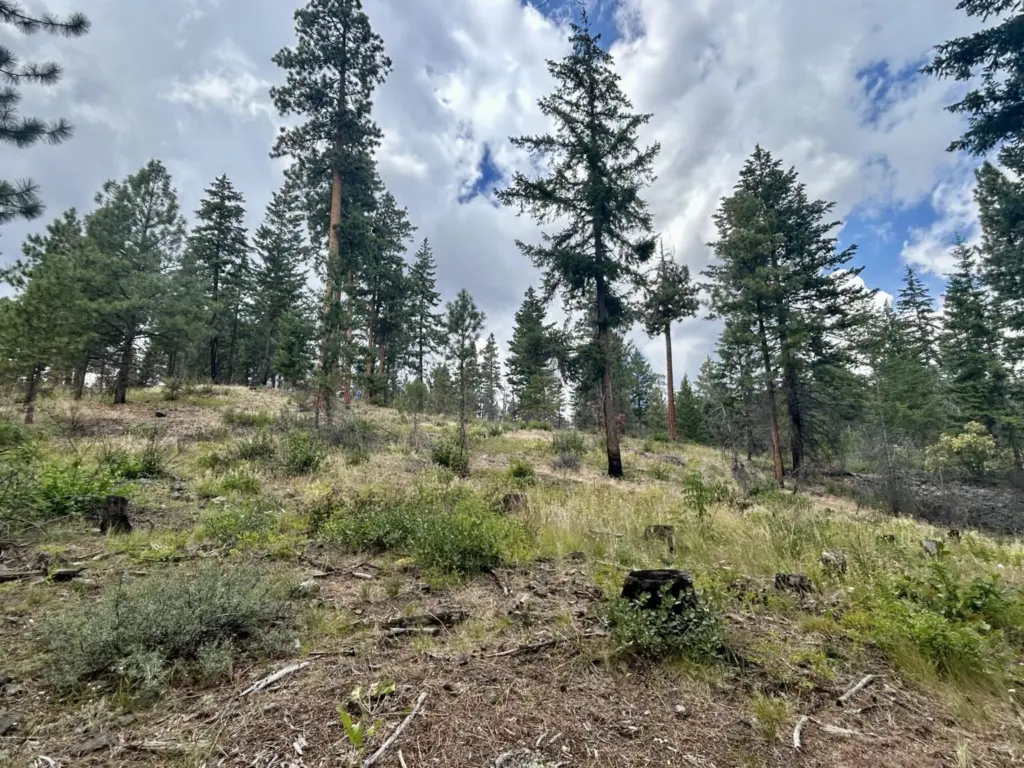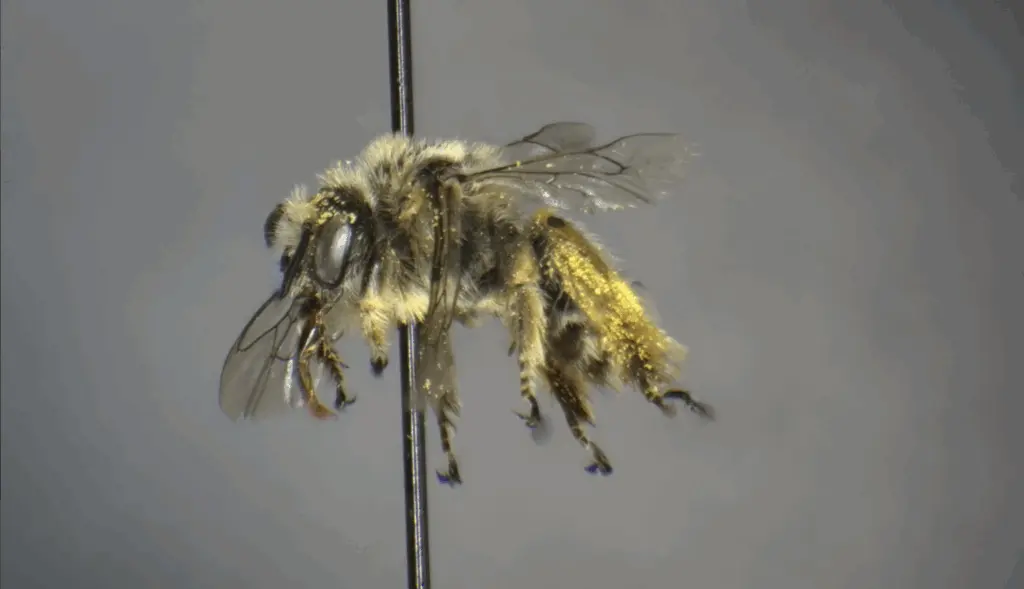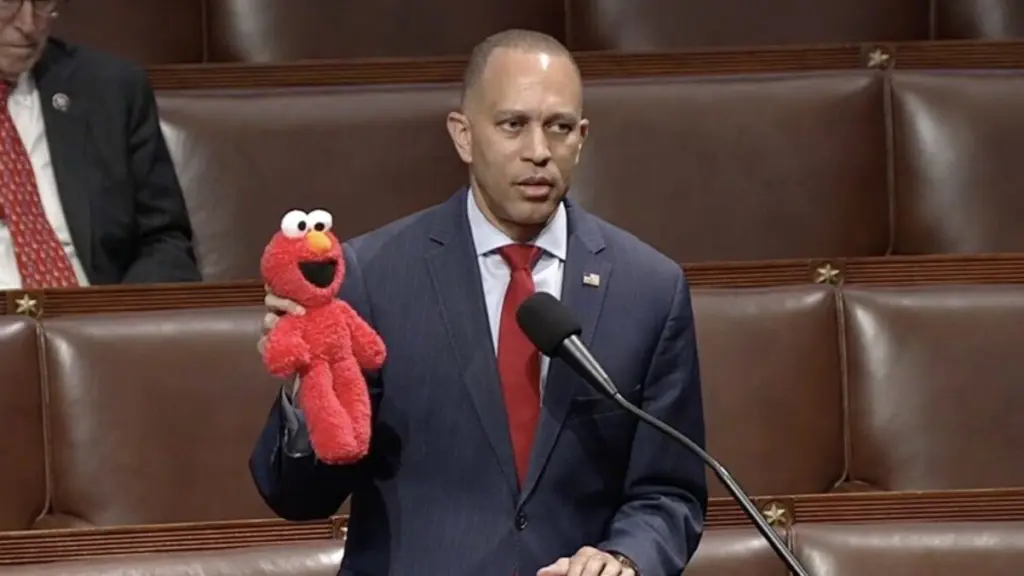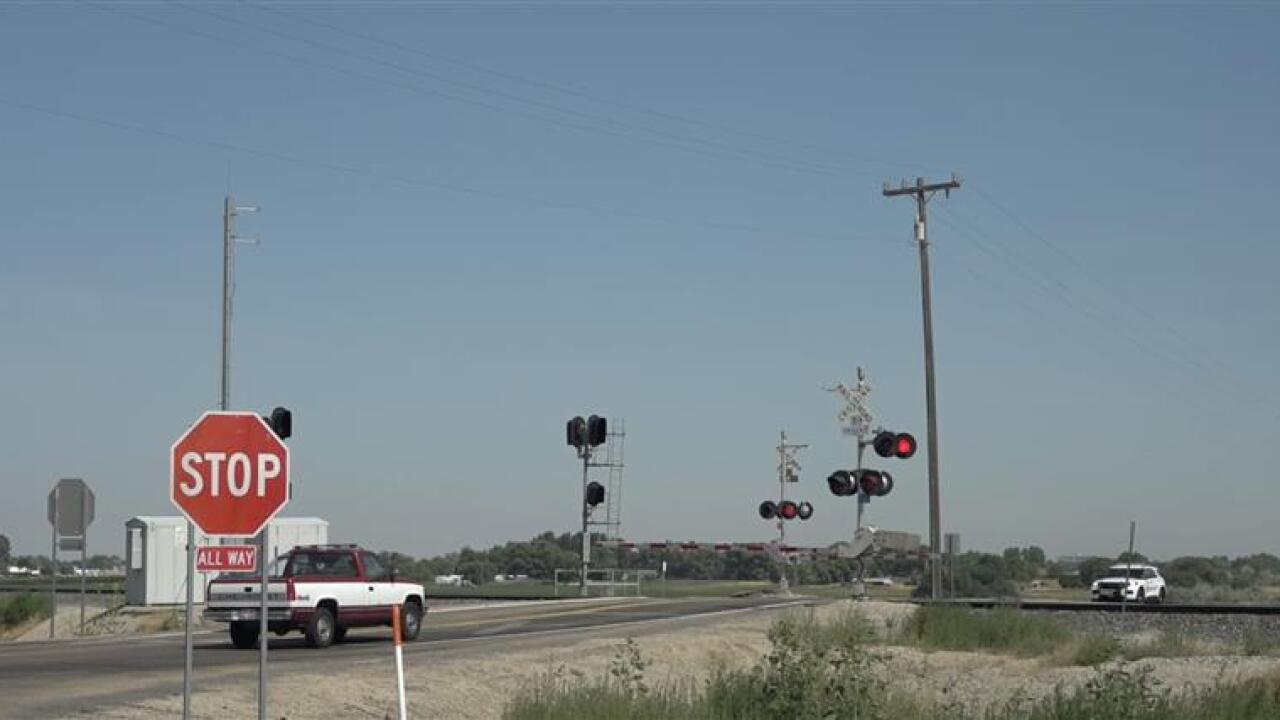Olympia, Washington Washington’s top public lands official and others cautioned this week that attempts to prevent big fires in the upcoming years may be hampered if state money for forest health and wildfire prevention isn’t increased again in the upcoming legislative session.
House Bill 1168, which allocated $500 million over eight years to the state Department of Natural Resources for wildfire planning and response, was enacted by the state Legislature in 2021.
Up until this year, state spending had mostly met that goal; the department received $115 million in the most recent two-year budget and $130 million in the previous one.
Then, this year, lawmakers cut funding for wildfire preparedness to just $60 million for the next two years due to a budget deficit.
According to the Department of Natural Resources, it has money left over from previous years and is ready for current fire season. However, the reduction in funding has raised questions.
At a press conference this week near the Burdoin Fire in the Columbia River Gorge, Lands Commissioner Dave Upthegrove sounded the alarm.
Just 13% of the 11,269 acres that had burnt on both sides of Highway 14 east of White Salmon had been contained as of Friday. In addition, hundreds of residents were ordered to evacuate, and Highway 14 and other highways were closed as a result of the fire.
At a press conference with Governor Bob Ferguson, Upthegrove stated, “We’re going to see more fires like this, they’re going to be larger, and they’re going to cost the taxpayers a lot more money in the end if next year’s supplemental budget does not restore some of that funding.”
Ferguson thanked the Legislature for the monies it provided, but he refrained from demanding an increase in the funding.
According to the experts on the ground, this serves as a reminder of the necessity for those resources, which are currently having a significant impact, Ferguson stated.
Since obtaining the specialized financing for wildfire preparedness in 2021, the Department of Natural Resources has been working to reduce the amount of flammable plants in forests throughout the state.
However, the department’s post-fire recovery program manager, Collin Haffey, stated that there is still a lot of work to be done in both fire mitigation and recovery, and the decreased financing will not enable us to accomplish as much as we typically do.
This week, Haffey was speaking at a tour of the Yakima Valley’s Rimrock Retreat Fire region. Last year, the fire began at a cabin and spread to around 46,600 acres in the Yakima Valley between Rimrock Lake and Tieton over the course of a month.
The visit focused on the department’s efforts to recover from the fire and the pre-fire measures that, according to officials, greatly lessened the damage the fire caused to the local ecosystem and community.
Because of forest management measures the Department of Natural Resources had taken prior to the fire, officials claimed the damage was less severe in the Oak Creek drainage even though the fire burned intensely in certain places.
In that area, the Department of Natural Resources carried out controlled burns and tree thinning with funds from House Bill 1168.
Restoring a historically natural mix of clearings and heavily wooded areas—what forest scientists refer to as a mosaic pattern—is the aim of this type of operation. Compared to overly dense forests, this can better support biodiversity and lower the risk of high-intensity fires.
Additionally, wildfires that do occur on property handled in this manner may be advantageous rather than disastrous.
According to Derek Churchill, a scientist with the Department of Natural Resources, the effects of this fire in the Oak Creek drainage on trees and wildlife in general were favorable.
“At least for another ten or fifteen years, this watershed is in pretty good condition, where we have really low fuel loads and lower fire risk,” he stated.
On the other hand, high-severity fires that destroyed the flora and harmed the soil occurred in parts of the Rimrock Retreat Fire footprint that were not pretreated.
Prior to the Rimrock Retreat Fire in 2024, a portion of the Oak Creek drainage basin was untreated by planned fires or tree reduction. The fire burnt fiercely here, killing all the trees and ruining the soil because of the dense forest and high ground cover. Emily Fitzgerald took the picture.
In that area of the state, fires like this have the potential to turn forest habitat into shrub steppe, at least for years to come, Churchill said. In addition to being more vulnerable to landslides, the burned area may attract alien species.
We’ve lost our large trees for a long time—I won’t say forever—if they are destroyed in a fire like this, Churchill added. Although these soils will eventually recover, cooking the soil in this way takes a lot longer.
Since we are a nonprofit news organization, everyone can view our content for free. That is made possible by readers like you. Would you be able to support our watchdog coverage today?
As a 501c(3) public charity, Washington State Standard is a member of States Newsroom, a nonprofit news network backed by grants and a coalition of donors. The editorial independence of Washington State Standard is upheld. For inquiries, send an email to [email protected] to reach Editor Bill Lucia.











